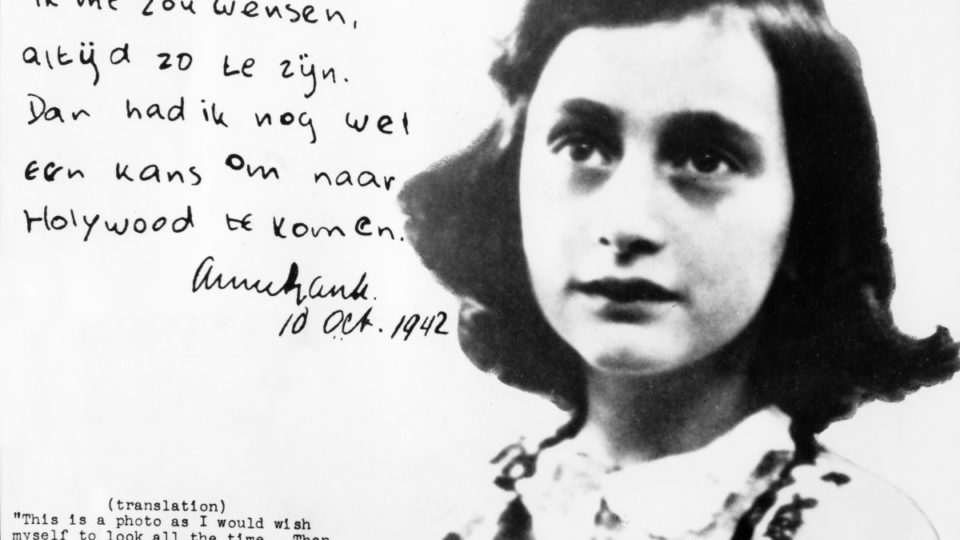Today, thousands of Victorians endure strict stay-at-home rules.
On this same day in 1942, another family was forced to enter a much more terrifying lockdown.
Fearing deportation to a Nazi concentration camp, young Jewish girl Anne Frank and her German-born Dutch family went into hiding in an Amsterdam warehouse.
As the Germans swept through Europe and gained occupation of Holland, Anne’s father, Otto, asked his Austrian-born bookkeeper, Miep Gies, if she would help hide his family.
 Otto Frank showing Queen Juliana of The Netherlands the hiding place of the Frank family during World War II. Photo: Getty
Otto Frank showing Queen Juliana of The Netherlands the hiding place of the Frank family during World War II. Photo: Getty
On July 6, the Franks dropped their bags and set up makeshift beds in her secret room, unsure of when they’d step foot outside again.
The day before, Anne’s older sister, Margot, had received a call-up notice to be deported to a Nazi ‘work camp’.
Otto’s employees risked their lives to smuggle food, supplies and news of the outside world into the ‘Secret Annex’, the family’s room hidden behind a movable bookcase.
During the next two years – as Nazi officers patrolled outside the warehouse – 13-year-old Anne filled her diary with everyday experiences in lockdown.
Read the article by Samantha Dick in The New Daily.

